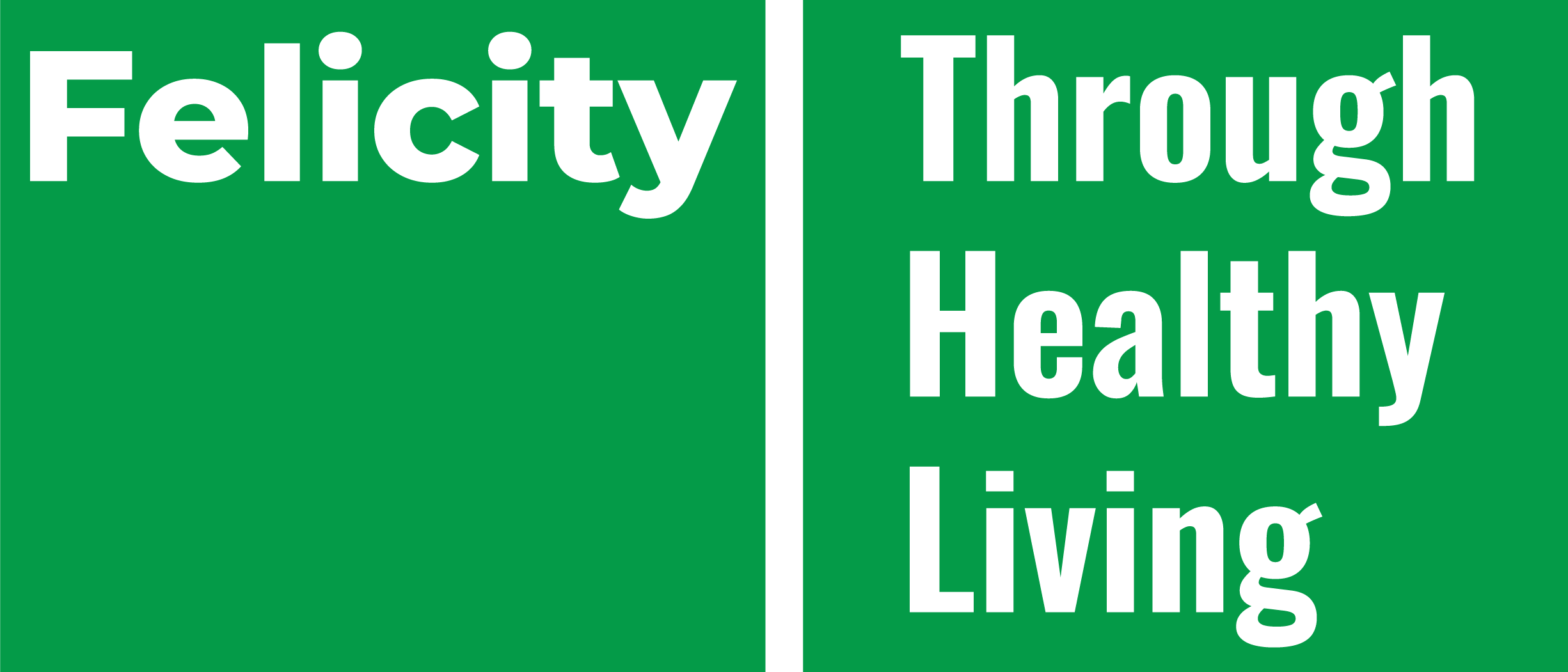Intuitive Eating: Your Journey Back to Food Freedom
Intuitive Eating: Your Journey Back to Food Freedom Intuitive Eating: Your Journey Back to Food Freedom…
Intuitive Eating: Your Journey Back to Food Freedom
Picture this: You’re standing in your kitchen at 3 PM, staring into the fridge for the third time in an hour. You’re not really hungry, but something is calling you to eat. Sound familiar? If you’ve ever felt disconnected from your body’s actual hunger signals—drowning them out with diet rules, emotional triggers, or that persistent voice telling you what you “should” or “shouldn’t” eat—you’re definitely not alone.
After 15 years of working with clients who’ve tried every diet under the sun, I can tell you this: the most transformative approach I’ve witnessed isn’t another restrictive eating plan. It’s actually the complete opposite. It’s called intuitive eating, and it might just be the permission slip you’ve been waiting for to finally make peace with food.
What You’ll Learn in This Guide
- Why your body is smarter than any diet book when it comes to knowing what it needs
- The difference between physical and emotional hunger—and how to honor both appropriately
- 10 practical principles that can transform your relationship with food
- Real research-backed benefits that go far beyond the number on the scale
- How to get started today without overwhelming yourself
What Exactly Is Intuitive Eating? (It’s Not What You Think)
Here’s what intuitive eating isn’t: it’s not giving yourself permission to eat ice cream for breakfast every day (though honestly, if that’s what your body truly needs one morning, maybe that’s okay too). It’s not about “letting yourself go” or abandoning all consideration for nutrition.
What it is might surprise you. Intuitive eating is essentially becoming the CEO of your own body—trusting yourself as the ultimate expert on what, when, and how much you need to eat. Revolutionary concept, right?
Think about it: you were born knowing how to eat intuitively. Watch any toddler at mealtime. They eat when they’re hungry, stop when they’re full, and don’t spend mental energy agonizing over whether they “should” have had that extra bite of pasta. Somewhere along the way, we learned to override these natural signals with external rules, diet culture messages, and well-meaning but misguided advice.
The Two Types of Hunger You Need to Understand
Before we dive deeper, let’s talk about something crucial that most people don’t realize: not all hunger is the same. Learning to distinguish between these two types of hunger is like having a GPS for your eating decisions.
Physical hunger is your body’s biological way of saying, “Hey, I need fuel.” It builds gradually—you might notice your stomach starting to rumble, energy dipping, or even getting a bit cranky (hello, hangry!). The beautiful thing about physical hunger is that it can be satisfied with any food. An apple works just as well as a sandwich when your body genuinely needs nourishment.
Emotional hunger, on the other hand, is your heart and mind seeking comfort through food. Maybe you’ve had a stressful day and find yourself craving your grandmother’s chocolate chip cookies. Or you’re feeling lonely and suddenly ice cream seems like the perfect companion. This isn’t “bad”—it’s human. But emotional hunger often comes with specific cravings and, unfortunately, a side of guilt.
The goal isn’t to eliminate emotional eating entirely (we’re human, not robots), but rather to recognize it for what it is and develop a toolkit of responses.
The Fascinating History Behind This “Revolutionary” Idea
You might be thinking this sounds too good to be true, or maybe too simple to work. But here’s the thing—intuitive eating isn’t some trendy new concept cooked up by Instagram influencers. Its roots stretch back decades.
The term “intuitive eating” was officially coined in 1995 by dietitians Evelyn Tribole and Elyse Resch, but the philosophy builds on work that started in the 1970s. Pioneers like Susie Orbach and Geneen Roth were already challenging the diet mentality and exploring our emotional relationships with food.
What I find most compelling is that this approach emerged from real frustration with traditional dieting. These weren’t people trying to sell the next miracle weight loss solution—they were practitioners who saw firsthand how diets were failing their clients and causing more harm than good.
The 10 Life-Changing Principles (Broken Down Simply)
Alright, let’s get to the meat and potatoes (pun intended). The original intuitive eating framework includes 10 principles, and I want to walk you through them in a way that makes sense for real life—not just theory.
1. Reject the Diet Mentality
This is your breakup letter to diet culture. You know that voice that categorizes foods as “good” or “bad”? It’s time to quiet it down. Diets have a 95% failure rate, so maybe the problem isn’t you—maybe it’s the system.
2. Honor Your Hunger
Your hunger isn’t the enemy trying to sabotage your goals. It’s your body’s sophisticated communication system. When you consistently ignore hunger signals, your body gets louder and more urgent about getting your attention (hello, binge eating at 9 PM).
3. Make Peace with Food
Imagine if you stopped having internal battles about food. What if a piece of cake was just… a piece of cake? Not a moral failing, not something to “work off” later, just food you either enjoyed or didn’t.
4. Challenge the Food Police
You know that critical voice that judges every food choice? Fire it. You are not a good or bad person based on what you ate for lunch yesterday.
5. Respect Your Fullness
This one takes practice. We live in a “clean your plate” culture, but your body gives you signals when it’s satisfied. Learning to tune into these signals is like developing a new sense.
6. Discover the Satisfaction Factor
Here’s something diet culture doesn’t tell you: when you eat foods you actually enjoy in a pleasant environment, you often need less food to feel satisfied. Crazy concept, right?
7. Honor Your Feelings Without Using Food
Food is an amazing comfort, but it’s not the only tool in your emotional toolkit. This principle is about building a diverse set of coping strategies for life’s ups and downs.
8. Respect Your Body
Your body is doing incredible things right now—breathing, thinking, healing. Maybe it’s time to appreciate it for its function rather than just criticizing its form.
9. Exercise — Feel the Difference
Move your body because it feels good, not as punishment for eating. Find activities that make you feel alive and energized rather than depleted.
10. Honor Your Health — Gentle Nutrition
Yes, nutrition still matters! But it’s about overall patterns, not perfect meals. One salad doesn’t make you healthy, and one cookie doesn’t make you unhealthy.
What the Research Actually Says
As a nutrition professional, I always want to see the science behind approaches I recommend. The good news? The research on intuitive eating is pretty compelling.
Studies consistently show that people who eat intuitively tend to have better psychological health—improved self-esteem, body image, and quality of life, with less depression and anxiety. They’re also more likely to maintain stable weights over time (though weight loss isn’t typically the primary outcome).
What really excites me as a practitioner is the retention rate research. People actually stick with intuitive eating principles long-term, which is more than we can say for most diets. When something is sustainable, you know you’re onto something good.
Your First Steps: Starting Without Overwhelm
I know what you’re thinking: “This sounds great, Clara, but where do I even begin?” Fair question. The beauty of intuitive eating is that you can start small and build from there.
This week, try this simple experiment: Before you eat anything, pause and ask yourself, “Am I physically hungry right now?” There’s no wrong answer—just awareness. If you’re hungry, great! If you’re not, that’s fine too. Just notice.
If you are hungry, try rating it on a scale of 1-10, where 1 is “I’m so hungry I could eat my own arm” and 10 is “I’m uncomfortably stuffed.” Aim to eat when you’re around a 3-4 (hungry but not desperate) and stop around a 6-7 (satisfied but not stuffed).
That’s it. No food rules, no forbidden lists, no calorie counting. Just awareness.
The Bottom Line: It’s Time to Come Home to Yourself
Here’s what I’ve learned after years of helping people navigate their relationships with food: your body is not broken. You don’t need fixing. You need permission to trust yourself again.
Intuitive eating isn’t a quick fix—it’s a lifelong practice of treating yourself with kindness and respect. Some days you’ll nail it, and some days you’ll eat half a sleeve of crackers while stressed about work. Both are part of being human.
The goal isn’t perfection; it’s progress. It’s about building a relationship with food that feels peaceful rather than chaotic, supportive rather than punitive.
If you’re tired of being at war with your body and ready to explore what food freedom might feel like, intuitive eating might just be the path you’ve been looking for. Your body has been waiting patiently to be trusted again. Isn’t it time you listened?


